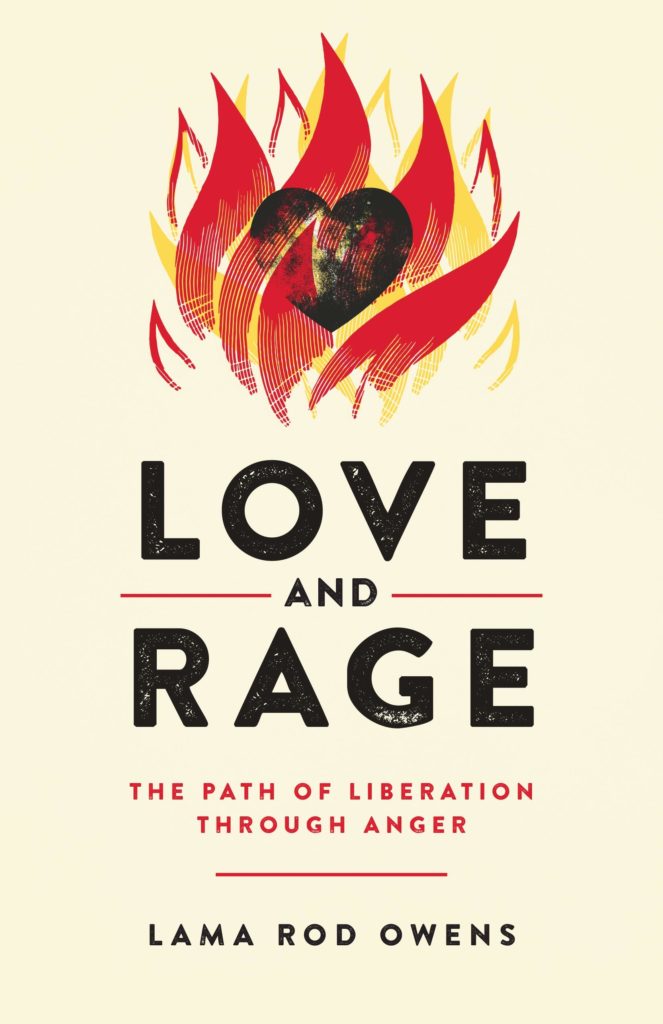Buddhism considers anger to be one of the “three poisons” that keep us trapped in an endless cycle of samsara. But anger also serves an evolutionary function, and working with anger skillfully (without denying our humanity and woundedness) is incredibly challenging.
In the past few weeks, after the murder of George Floyd, our country has seen how anger can shine an important light on injustice, harm, and collective trauma. Anger and grief at Floyd’s murder (as well as centuries of oppression of black people) has inspired worldwide protests that have led to the disbandment of the Minneapolis Police Department, among other changes.
Especially for folks who have been historically marginalized, anger serves a useful function. Anger can be a demand for fair treatment, a cry for help, a signal that something is wrong, a weapon, a shield. It can be many things, and it is rarely simple.

On May 21, a few days before Floyd’s death, IBS’ Chaplaincy Program Coordinator Gesshin Greenwood interviewed Buddhist teacher Lama Rod Owens about his new book, Love and Rage. This book centers on the complexity of working with anger as a Buddhist practice. Owens writes that anger is usually a call to examine our “brokenheartedness.” More importantly, though, he encourages holding the complexity of anger and not falling into absolutes. Anger is not “good” or “bad.” It is an invitation for us to look at where we are hurting and what needs to change.
Read our other posts on Buddhism and race here.
I believe anger, an emotion or passion which is natural coming from the ego can be positive or negative in its reflection and in its action. It is the action of nonviolence which is positive.